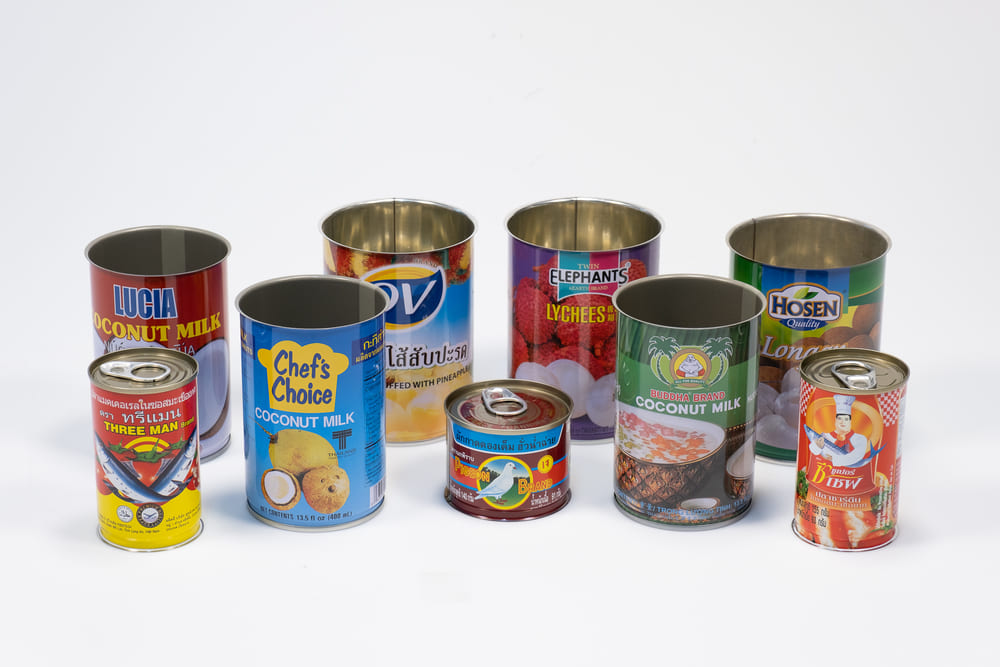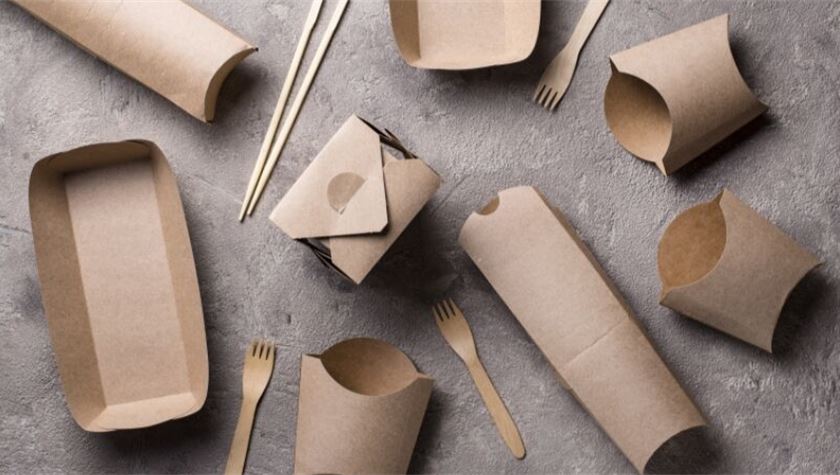A 3 pieces can is a highly reliable packaging solution made up of three components: a cylindrical body, a top lid, and a bottom lid. These 3 pieces cans are widely recognized for their robust construction, which involves sealing the body with a seam and attaching the lids using advanced rolling techniques. Their significance in packaging spans across food, beverages, and industrial products, offering unmatched durability and protection for contents.

Key Features of 3 Pieces Can
Durability and strength
3-piece cans are known for their exceptional durability. The metal construction provides high resistance to impact, ensuring the contents remain protected during transportation and storage. These cans can also withstand high internal pressures, making them suitable for carbonated beverages and other pressurized products.
Recyclability and environmental benefits
Metal packaging, including 3-piece cans, is highly recyclable. Recycling metal reduces the need for raw materials and minimizes environmental impact. By choosing 3-piece cans, you contribute to a more sustainable packaging solution.
Customizability in shape and size
One of the standout features of 3-piece cans is their versatility. Manufacturers can produce these cans in various shapes and sizes to meet specific requirements. Whether you need a tall, slim can for a beverage or a wide, short can for a ready-to-eat meal, the design possibilities are endless.
Advantages and Disadvantages of 3 Pieces Can
Advantages
High strength and durability
A 3 pieces can offers exceptional strength and rigidity, making it a reliable choice for packaging. The metal construction ensures that the can maintains its shape even under impact, reducing the risk of deformation. This durability protects the contents during transportation and storage, minimizing potential losses. For instance, tin cans are particularly effective at withstanding external forces, ensuring the safety of food and beverages.
Cost-effective production
The production process of 3 pieces can is highly efficient, enabling manufacturers to produce them at scale. This efficiency translates to lower production costs, making these cans an economical option for businesses. The adaptability of the manufacturing process allows for quick adjustments to meet market demands, further enhancing cost-effectiveness. Additionally, the lightweight nature of these cans reduces transportation expenses, offering savings for long-distance shipping.
Versatility in design and size
One of the standout features of 3 pieces can is their ability to cater to diverse packaging needs. Manufacturers can customize the shape, size, and design of these cans to suit specific products. Whether you require a tall, slim can for beverages or a wide, short can for ready-to-eat meals, the possibilities are endless. This versatility makes 3 pieces can a preferred choice across industries, from food and beverages to industrial applications.
Disadvantages
Potential for seam leaks if not properly sealed
The seam in a 3 pieces can, while essential for its construction, can pose a risk if not sealed correctly. Improper sealing may lead to leaks, compromising the integrity of the packaging. This issue underscores the importance of quality control during the manufacturing process. Advanced techniques like resistance welding and adhesive bonding have significantly reduced this risk, but it remains a factor to consider.
Heavier compared to 2-piece cans
3-piece cans are generally heavier than their 2-piece counterparts due to their construction. The additional material used for the seam and the separate top and bottom lids contribute to the weight. While this added weight enhances durability, it may increase transportation costs, particularly for bulk shipments. However, the lightweight nature of materials like aluminum can help mitigate this disadvantage.
Environmental concerns with certain materials
The production of 3 pieces can involves the use of metals like tinplate and aluminum, which require mining and processing. These activities can have environmental impacts, including resource depletion and greenhouse gas emissions. Additionally, fluctuating raw material prices and strict environmental regulations can affect production costs. Despite these challenges, the recyclability of metal packaging helps offset its environmental footprint, making it a more sustainable option compared to non-recyclable alternatives.
Laminated Steel Technology Enhances the Color and Safety of Tin Can Packaging
www.jiangyinforward.com
Jiangyin Forward Supply Chain Management Co.,Ltd.


